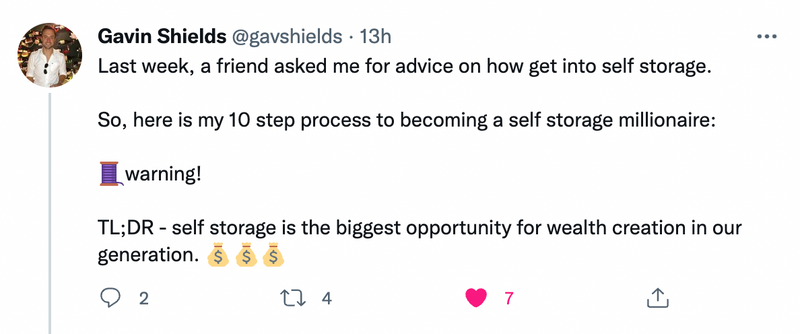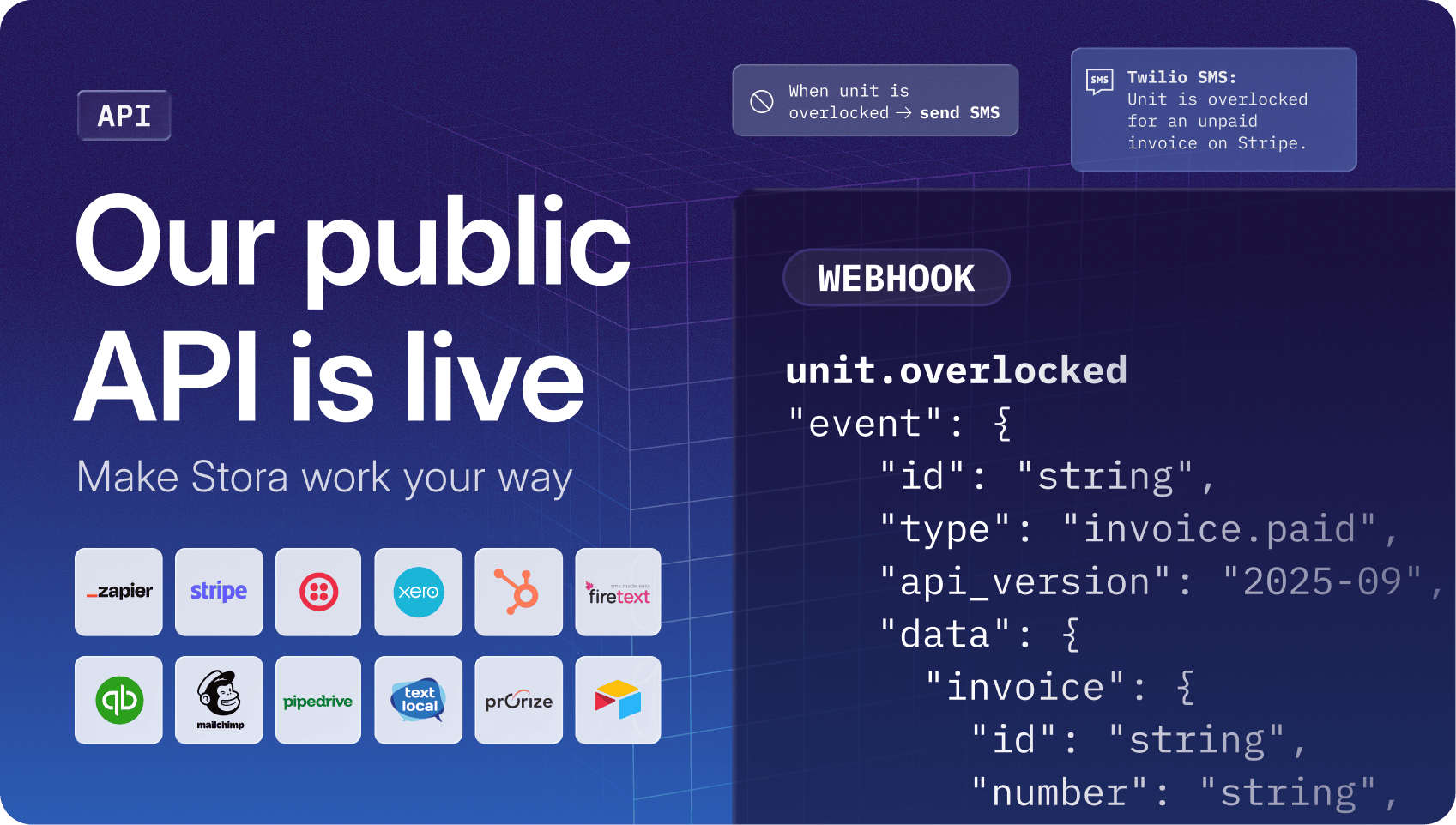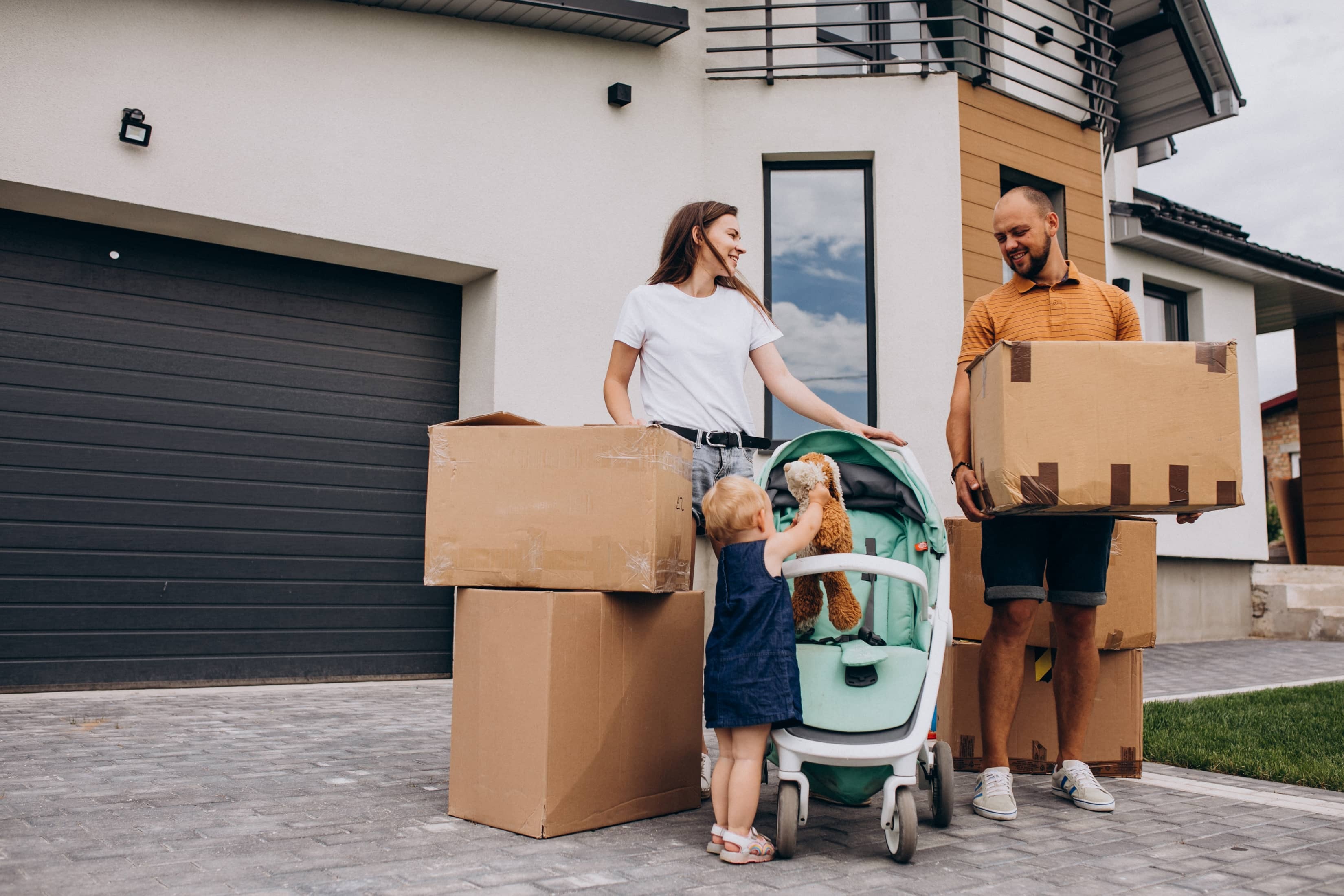A few weeks ago Stora’s CEO, Gavin Shields posted a thread on Twitter offering his 10 step process to becoming a self storage millionaire. No matter how popular something is on social media, eventually it gets buried in a sea of posts so, we thought we’d turn it into an official Stora guide.

Let’s kick things off with saying that self storage is the biggest opportunity for wealth creation in our generation.
If you haven’t already read ’Is Self Storage Property Investing A Good Idea?’ we highly recommend that you do. You’ll hear how the outlay and outgoings around self storage differ dramatically to a residential property investment, see enticing facts and figures from professional bodies and associations, as well as learn what’s fueling major growth in the industry.
Now you’ve got that under your belt, let’s dive in to detail.
Stora’s 10 step process to becoming a self storage millionaire!
First things first, we have some assumptions and caveats.
- Millionaire = $100k annual passive income for life
- Gavin did this in the UK, but this is almost certainly applicable elsewhere.
- Other approaches will also work. This is just what works for him.
Why get into self storage?
- If done right, it's (almost) passive income. If you choose to run your site unmanned with a suite of automations you’re free to pursue other activities and not just the running of your self storage business.
- Performs well in good and bad economic times. 2020 was the best year for UK self storage on record.
- In the UK, Europe and Asia, self storage is just beginning so if you get started now, you’ll be getting in at the right time.
- The industry is highly scalable. To illustrate that point, in the US, where self storage is already big business, the per capita self storage is 9.4 sq ft. Meanwhile in the UK it is only 0.7 sq ft and even less in the EU at less than 0.4 sq ft.
- In the UK alone, there are 650+ towns with 5-50k people with no indoor self storage.
Step 1. Decide on indoor v outdoor
- For outdoor containers you’ll need around $67k - that will enable you to buy land and the containers. At that price and the scalability of your business there are low barriers to entry but high opportunities for growth. As you fill those containers and maintain a good occupancy rate you can buy more containers as needed.
- For Indoor self storage you’re going to need a minimum of around £135k. This will enable you to lease or potentially buy a warehouse with a phased fit out. Naturally there are much higher barriers to entry here but it’s still very achievable.
Step 2: Find a town/city
- Look at towns/cities within 60 mins drive of your home.
- Work out current supply of self storage in 5 mile radius of each of those towns.
- If there is less than the sq ft per head of population for the country or region, there’s likely to be unmet demand there.
Step 3: Decide on size of facility
Work out how much you can fill. For example:
- For a 20k population you should look at 1.0 sq ft per capita, giving you a 20k sq ft demand
- If your nearest competitors already have 8k sq ft then there’s room for you to have 12k sq ft.
- Start a 12k sq ft facility and you can expect to fill it in 2-3 years, or sooner if you find a location crying out for space.
Up until recently, small self storage facilities weren’t economically viable due to on-site staff costs. However, now with smart entry systems and modern software, self storage facilities can be run without staff on-site.
Gavin’s starting-point recommendation is a 3000+ sq ft combination of indoor space with the addition of containers outdoors.

Step 4: Buy or lease
- The aim here is to never have to shut down a self storage facility. So, if doing an outdoor site, the recommendation here is to buy instead of lease.
That said, we appreciate that not everyone is in a position to buy. The good news is, that’s not a barrier for entry in to this market. So, if you can’t afford to buy, a 40+ year lease for an indoor site is an equally good option.

Step 5: Assess the financial viability
- Work out if your plan stacks up financially.
You can use our free financial model to get an initial idea of viability.
Step 6: Now it’s time to hit the road and go looking for your site.
Good parcels of land and decent warehouses are in high demand at the moment. A great location can never be beaten by a new competitor so it’s worth putting some serious effort in to this stage.
- Go into the town. Have a coffee and get an idea of how busy the center is. Is there hustle and bustle? A lot of through traffic?
- Drive around industrial estates and get a feel for what’s available.
- Keep an eye out for ‘for rent’ / ‘for sale’ signs and call immediately.
- Call local real estate agents and get them on the case. You want regular contact about warehousing and land that’s become available.
- Great location = higher rev per sq ft but higher cost (rent or purchase price).
- Poor location = lower rev per sq ft but lower cost.
Step 7: Found your site? Get things in motion..
You’ll need to consider:
- Software, payments, website, contracts etc
- Fit out / containers
- Legals, Planning, Smart entry and more
Check out the Stora ecosystem map to see a comprehensive guide to what business tools & services you’ll need to run your self storage business.
Step 8: Website / Payments / Site Management Software
Having the right self storage management software is a really important step and ultimately dictates the efficiency of your business model long term.
Until recently, self storage websites have not included online rentals and payments.
This is changing. Rapidly.
Old school self storage vs New school self storage
- Customer must call or visit facility for a price vs See price and make reservation online.
- Take cash, bank transfers, cards, anything vs Automated recurring payments
- Invoice using accounting system vs Fully automated invoicing and billing
- Check IDs and sign contracts in person vs Use automation to do securely online
- Meet customers and “check them in” vs Use smart entry systems so they can do that themselves.
- Spend 15-30% of revenue on admin costs vs Spend 5% or less on admin costs (the bottom line here is the right choice of self storage software.)
Step 9: Choose an entry system
Smart entry systems are coded systems that open gates, doors, and even units. There are tons of great ones, but through experience at our own facilities we highly recommend :
The newest solution to hit the market, available in the US, UK, EU. It’s a fully keyless entry system where your tenants will access your facility via a smartphone app.
Available in the UK, and European Union. BearBox lets you to manage access control and provide access via key codes or an app.
- Padlocks work too.
The most important consideration with your entry system is whether it connects into the software you will use to run the business. The best self storage software + smart entry system gives you the option to have tenants move in themselves without you having to do a single thing.
Step 10: Marketing / Launch prep
Self storage is a local business. The sooner locals know you exist, the quicker you’ll fill your site.
At Gavin’s Storestuff facilities he’s done flyers, social media advertising, Google ads, signs, and even a concert when he opened!
Once your website is up and running you’ll be able to further entice self storage sales through promotions and discount codes.

Few final things:
- Pick a name and brand - check out Stora’s brand marketplace for inspiration.
- Find ways to minimize up-front cash requirements. The easiest way to control that is phasing the fit out and buying containers only when needed. Use your occupancy rates to guide you on when to scale up.
- The above steps are not an exhaustive list, this is just what worked for Gavin.
Want to learn more?
We’ve already onboarded several self storage startups across the UK and North America. If you’d like to discuss how Stora can work for you, set up a call with Gavin today.








